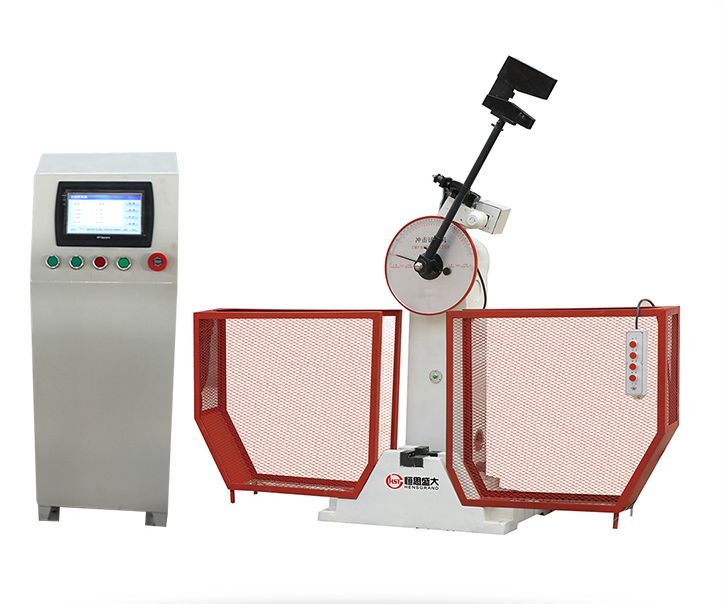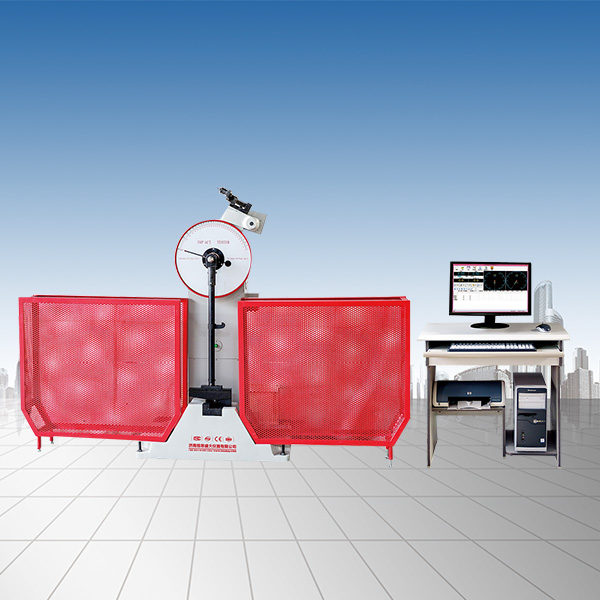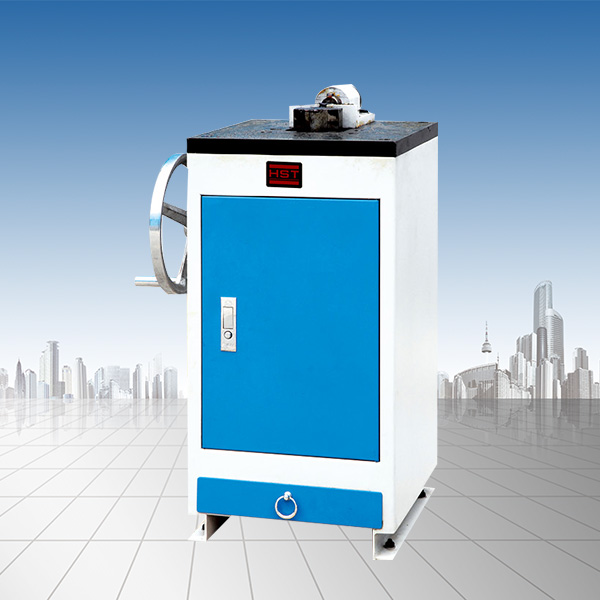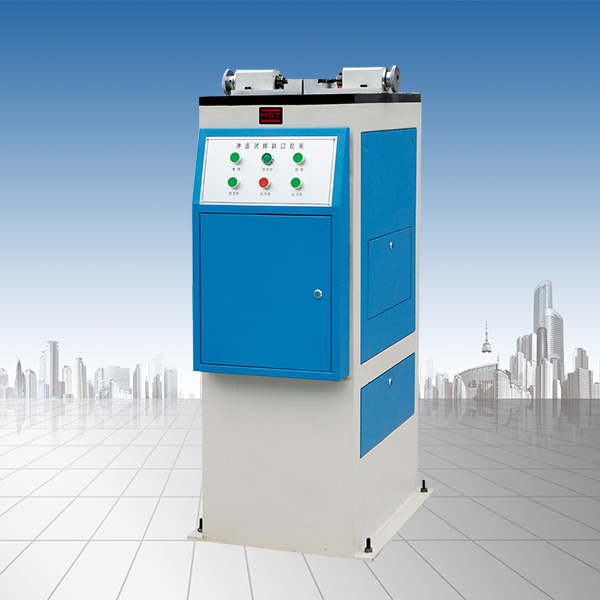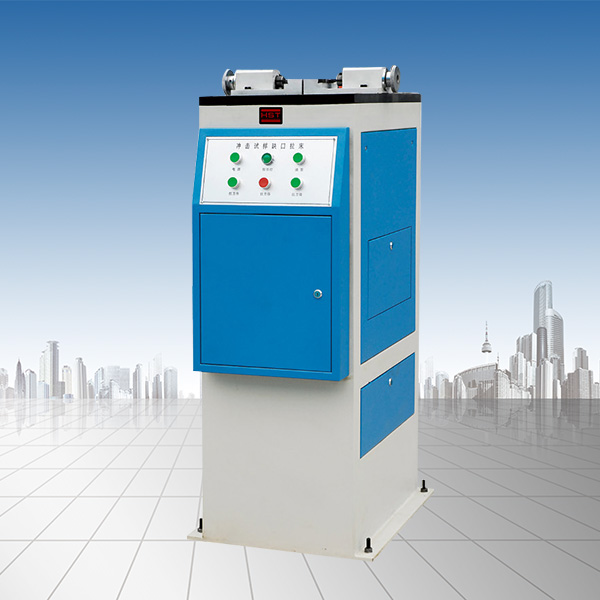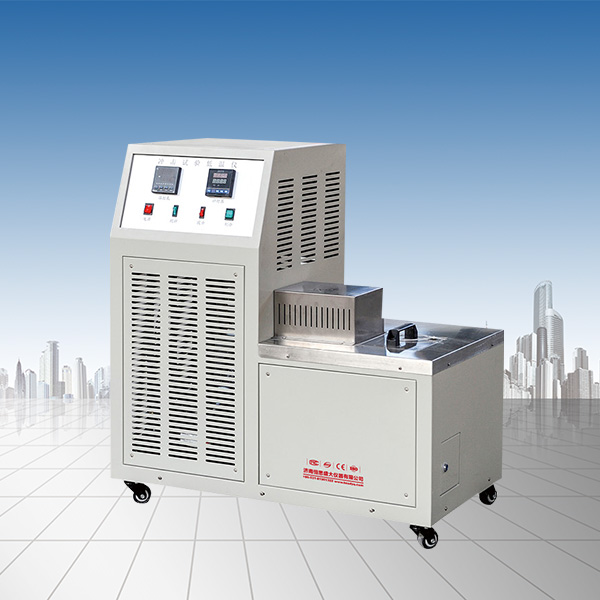News
In practical applications, friction between parts is inevitable.
Release time:2022-07-29 source:Jinan Hengsi Shanda Instrument Co., Ltd. Browse:
The electronic universal testing machine is a large precision testing instrument composed of the special characteristics of the electromechanical and mechanical. It can perform a variety of performance tests such as tensile, compression, bending, peeling, and shear on various materials, and has the characteristics of wide measurement range, high accuracy and fast response. Reliable work and high efficiency, and can display and record and print test data in real time.
What are the hardware and accessories of the electronic universal test machine?
The hardware consists of a mechanical body, a servo controller, a motor and a computer. Other accessories include load sensors, deformation sensors, encoders, printers, etc. The load is applied to the sample through the mechanical body of the test machine, and the load sensor is fixed to the upper chuck to measure the load on the sample.
Typically, a strain extensometer is used as a deformation sensor to measure deformation of a sample. For large deformation tests of rubber and other materials, deformation is measured using large deformation sensors (deformation trackers and encoders).
When loading, the load sensor and the elongator (or large deformation sensor) convert the load and deformation into electrical signals, respectively. After amplification, signal conditioning and analog-to-digital conversion, they are sent to the dedicated software of the host computer for data processing and graphic display.
The measurement and control system software is developed using modular ideas and object-oriented methods. The system includes multiple modules, each module can realize specific functions, thus forming a complete measurement and control system software platform.
The electronic universal test machine adopts microcomputer control and fully digital closed-loop controller to control the drive of the servo motor, and drives the beam up and down through the transmission system to realize the loading process of the test machine. In practical applications, friction between parts is inevitable. In physics, friction will produce friction coefficients. When this friction coefficient reaches a certain value, the equipment may be damaged due to friction and stop working. So how should we avoid or reduce the friction coefficient?
1. When using the force measuring piston rod and hydraulic cylinder geometric accuracy deviation or rust due to stains, friction will also occur between them. If the electronic universal testing machine is not developed for a long time, the sliding friction will increase with the increase of time.
Suggestion: Regular inspection and maintenance of the electronic universal testing machine on time, so as to increase its service life.
2. There will also be friction between the guide wheel and the pillar, and this friction is also a physical friction;
Suggestion: We can add lubricant between the gaps to reduce the coefficient of friction between them.
3. When installing the electronic universal testing machine, due to uneven installation of the main body or the upper and lower chucks are installed and adjusted in different centers, after the sample is clamped, the guide wheels on both sides of the workbench come into contact with one side of the support, resulting in frictional force affecting the value error. The tension value measured in this way is inaccurate and will also cause some damage to the machine;
Recommendation: When installing the electronic universal testing machine, be sure to install it according to the steps and methods in the instructions of the electronic universal testing machine. Do not act too rush or install it incorrectly, otherwise all previous efforts will be wasted.
After confirming that the installation level of the instrument meets the requirements of the regulations, it is necessary to check whether the friction in the working part is too large. If it is large, the guide wheel clearance should be adjusted to eliminate friction. If necessary, clean the working oil cylinder. If friction still exists after eliminating the impact of friction, you can consult the manufacturer for after-sales service.
Recommended productsPRODUCTS


















